#vienna state ballet
Text

Davide Dato | Vienna State Ballet (Wiener Staatsballett) | Photo by Ashley Taylor
195 notes
·
View notes
Photo
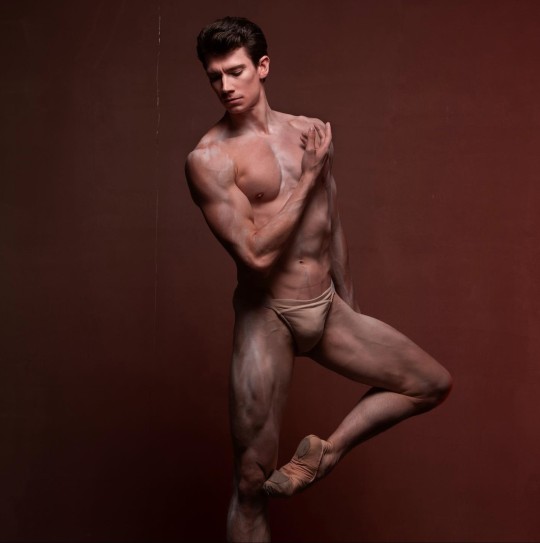
Brendan Saye - Wiener Staatsballett - photo by Daniel Gossmann
#brendan saye#vienna state ballet#wiener staatsballett#daniel gossmann#dance#ballet#dancer#danseur#ballerino#bailarín#boys of ballet#ballet men#canadian ballet dancers
96 notes
·
View notes
Text
Comment which dancers should be on my watchlist too. Would love to do more analysis work on dancers outside of Russian ballet ❤️
#vienna state ballet#paris opera ballet#royal ballet#staatsballett berlin#la scala#ballet#russian ballet#bolshoi ballet#patrice answers#patrice asks#ballet review
8 notes
·
View notes
Text
London’s Ballet Icons Gala 2023 – tickets on sale from 5 September
Tickets to go on sale for the annual Ballet Icons Gala to be held on 19 February 2023 at the London Coliseum.
The annual Ballet Icons Gala will take place on 19 February 2023 at the London Coliseum. After world events forced the cancellation of this year’s edition, next year will see its return with principals of the Royal Ballet, Paris Opera Ballet, English National Ballet, Vienna State Ballet, Bavarian State Ballet, Dutch National Ballet, Berlin State Ballet, Les Ballets de Monte Carlo, New City…

View On WordPress
#American Ballet Theatre#Boston Ballet#English National Ballet#Paris Opera Ballet#Royal Ballet#Vienna State Ballet
2 notes
·
View notes
Text
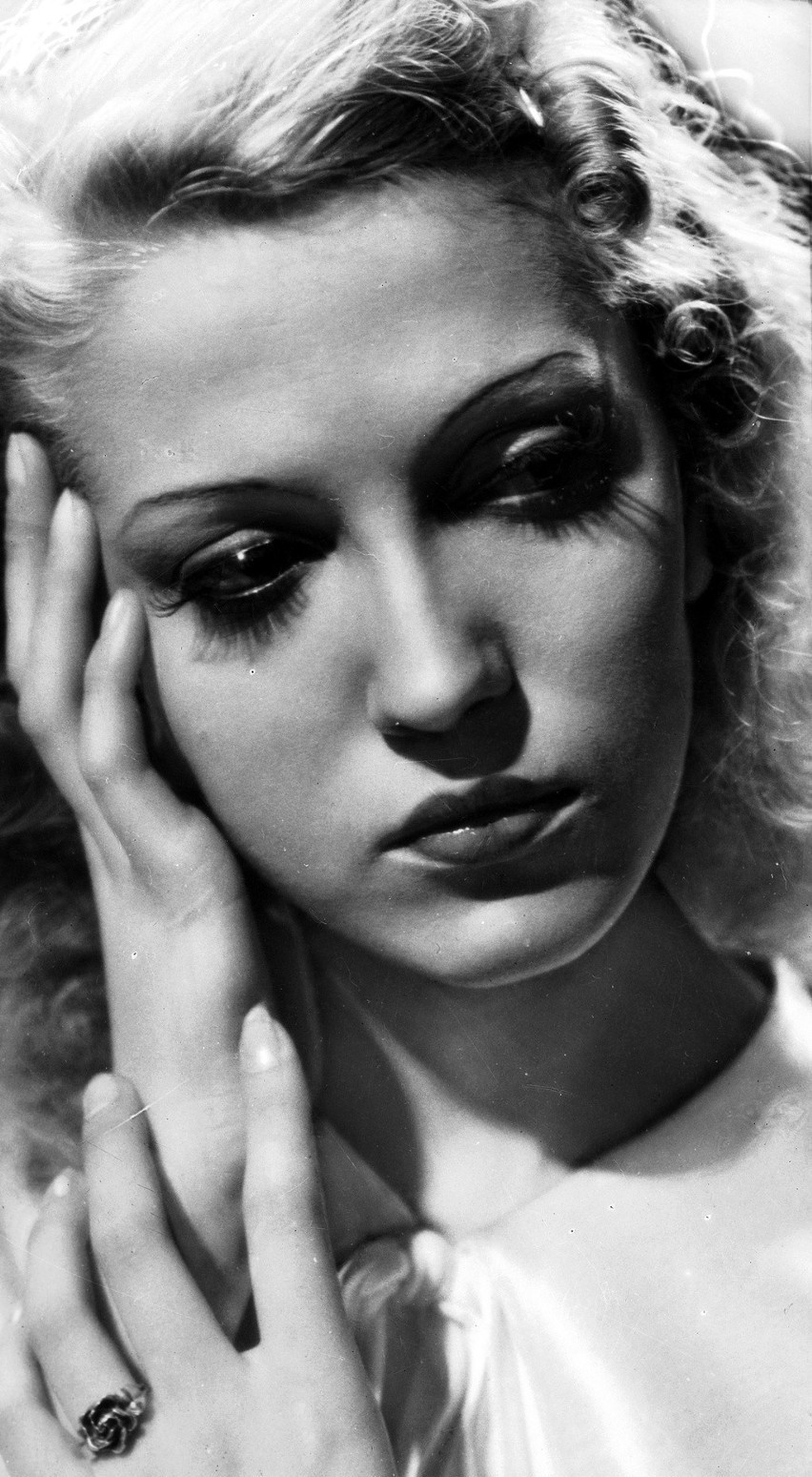









Tamara Wiszniewska (1919-1981) - Polish actress
Tamara Wiszniewska was born on December 19, 1919 in Dubno, Poland (now a region in western Ukraine) on the banks of the Ikva River. It was here that she spent her younger years during which she picked up dancing, which eventually led her to her career in film. In her 1981 obituary in the Democrat & Chronicle, it was reported that Tamara, at age 15, “Was a ballet dancer, when German film director Paul Wegener discovered her and gave her a role in the historical film, August der Starke (August the Strong)” which premiered in 1936. This German/Polish co-production is a biographical look into the life of Augustus II, ruler of Saxony and Poland-Lithuania from 1694-1733. Although Tamara played only a small role it marked her debut and eventual rise to fame within the Polish film industry.
Following her appearance in August der Starke, Tamara appeared in thirteen other films between 1936 and 1939, including Trójka Hultajska (The Trio Hultajska, 1937), Ordynat Michorowski (Ordinate Michorowski, 1937), and Kobiety nad Przepaścią (Women Over the Precipice, 1938). Wladyslaw (Walter) Mikosz, Tamara’s future husband, produced two of these films. In an interview, Tamara and Walter’s daughter, Irene, states that, "The two met because of their film careers, and were married [late that same year] in 1937".
Life for the Mikoszs was happy for a time. Tamara continued to pursue her acting career through 1938 and 1939 and had welcomed a new born daughter into the world alongside her husband, Wladyslaw. Unfortunately, these happy times did not last long as the Mikosz family experienced the rise of Nazi Germany and their occupation of Poland in 1939 during World War II. The following excerpt from an interview with Tamara in a 1974 Times Union tells how drastically their lives were changed:
"I always played a rich spoiled girl who had lovely clothes, and for a short time I lived that kind of life too. It was a short, beautiful life that ended when the Germans took over Poland in 1939. We were wealthy and the toast of the town then. We’d go to Prague and Vienna just to see an opera or to play in the casinos. When the Germans came, my intuition told me I should have something on me to exchange. I sewed my jewelry into my clothes. Later, it bought us passes to freedom and bread so we were never hungry."
The German occupation of Poland during World War II brought then “beautiful” life of the Mikosz family to an end. Gone were their illustrious careers in film and the rewards that such a life had brought to them. In a later interview, Irene mentioned that her mother "was preparing to sign a contract for a film career in Hollywood, but Hitler’s invasion of Poland derailed the plans". Sadly, Tamara’s last appearance on the silver screen was in 1939 prior to the invasion of Hitler’s Germany; she never again starred in any films.
Although her dreams had been crushed, Tamara and her family did not lose hope. They made the best of their current situation, and were able to survive by selling the fruits of their labors that they harvested during their days in the film industry; their lives had been consumed with a fight to survive rather than a dream to thrive. However, not being ones to live quiet lives, the Mikoszs volunteered for the Polish Underground, the exiled Polish government that fought to resist German occupation of Poland during World War II. As civilians with backgrounds in film, Tamara and Walter were most likely engaged in spreading Polish nationalistic and anti-German propaganda. Such efforts of the civilian branch of the Polish Underground was in support of what Jan Kamieński refers to as "small sabotage" in his book, Hidden in the Enemy's Sight: Resisting the Third Reich from Within: "In contrast of major sabotage, the idea of small sabotage was to remind the German occupiers of an enduring Polish presence, to ensure that they felt a constant sense of unease and generally undermine their self-confidence". While attending to these duties within the Underground, the Mikosz family was separated and shipped off to separate countries: Tamara and her daughter, Irene, to Czechoslovakia (where Tamara’s parents had been sent) and Walter to Bavaria. The family was not reunited until 1945, when they were sent to the same refugee camp in Bavaria. The Mikoszs remained in the Bavarian refugee camp until the year 1950, in which they emigrated to the United States of America. Tamara and Walter lived quiet lives in Rochester, NY after arriving from a war-torn Europe, and did so until they passed away.
Although they have long since passed away from this Earth, the stories of the Polish film star, Tamara, and her film-producer husband, Wladyslaw Mikosz, will live on so long as there are people around to tell it.
#history#history crushes#submission#tamara wiszniewska#polish#actress#film history#1930s#30s#old hollywood#women in film#women in history#poland#wwii#world war 2#ww2#ww2 history#old movies#old phography#20th century
113 notes
·
View notes
Text

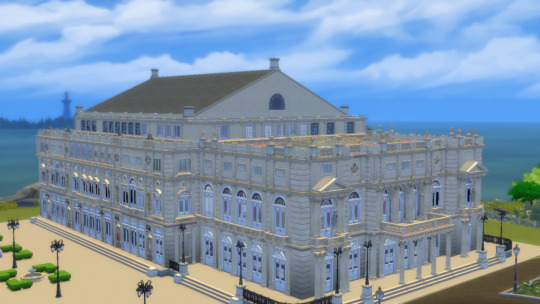



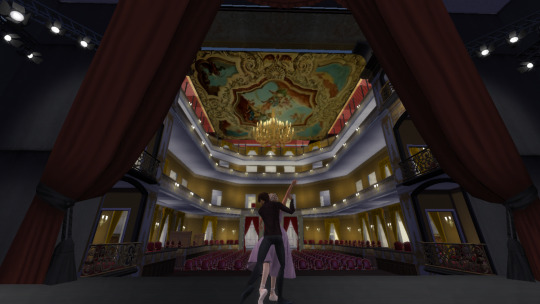
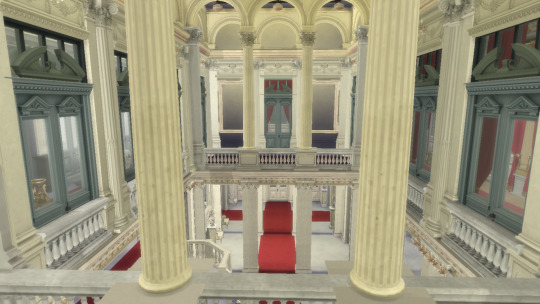
Colon Theatre
The Teatro Colón in Buenos Aires is one of the most important opera houses in the world. Its rich and prestigious history, as well as its exceptional acoustic and architectural conditions, place it on par with theaters such as La Scala in Milan, the Paris Opera, the Vienna State Opera, Covent Garden in London, and the Metropolitan Opera in New York.
In its first location, the Teatro Colón operated from 1857 to 1888 when it was closed for the construction of a new venue. The new theater was inaugurated on May 25, 1908, with a performance of Aida. Initially, the Colón hired foreign companies for its seasons, but starting in 1925, it had its own resident companies - Orchestra, Ballet, and Choir - as well as production workshops. This allowed the theater, by the 1930s, to organize its own seasons funded by the city's budget. Since then, the Teatro Colón has been defined as a seasonal theater or "stagione," capable of fully producing an entire production thanks to the professionalism of its specialized technical staff.
Throughout its history, no significant artist of the 20th century has failed to set foot on its stage. It is enough to mention singers such as Enrico Caruso, Claudia Muzio, Maria Callas, Régine Crespin, Birgit Nilsson, Plácido Domingo, Luciano Pavarotti, and dancers like Vaslav Nijinsky, Margot Fonteyn, Maia Plisetskaya, Rudolf Nureyev, and Mikhail Baryshnikov. Esteemed conductors such as Arturo Toscanini, Herbert von Karajan, Héctor Panizza, and Ferdinand Leitner, among many others, have also graced the theater. It is also common for composers, following the tradition initiated by Richard Strauss, Camille Saint-Saëns, Pietro Mascagni, and Ottorino Respighi, to come to the Teatro Colón to conduct or supervise the premieres of their own works.
Several top-notch maestros have worked consistently here, achieving high artistic goals. They include Erich Kleiber, Fritz Busch, stage directors like Margarita Wallmann or Ernst Poettgen, dance masters like Bronislava Nijinska or Tamara Grigorieva, and choral directors like Romano Gandolfi or Tullio Boni. Not to mention the numerous instrumental soloists, symphony orchestras, and chamber ensembles that have offered unforgettable performances on this stage throughout over a hundred years of sustained activity.
Finally, since 2010, the Teatro Colón has been showcased in a restored building, resplendent in all its original splendor, providing a distinguished setting for its presentations. For all these reasons, the Teatro Colón is a source of pride for Argentine culture and a center of reference for opera, dance, and classical music worldwide.
__________________________________________________________
You will need a 64x64 lot and the usual CC from TheJim, Felixandre, Harrie, Sverinka, SYB, Aggressivekittty, and other marvelous creators!
DOWNLOAD TRAY: https://www.patreon.com/user?u=75230453
(free to play 7/17)

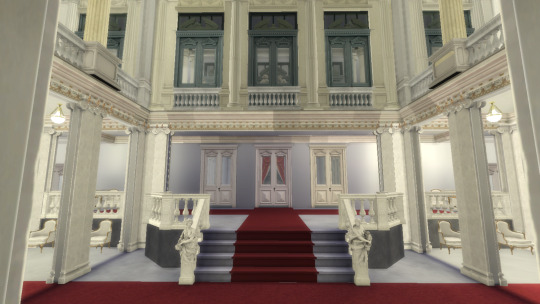
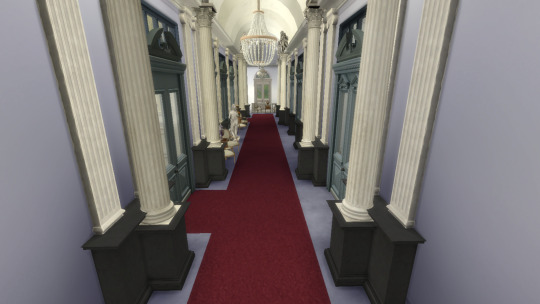
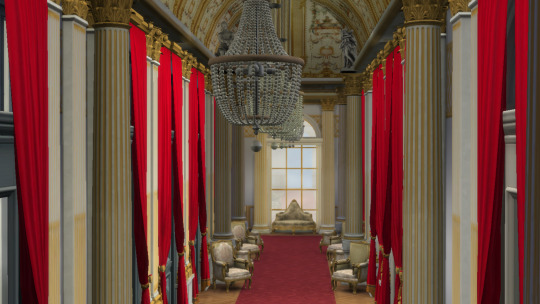


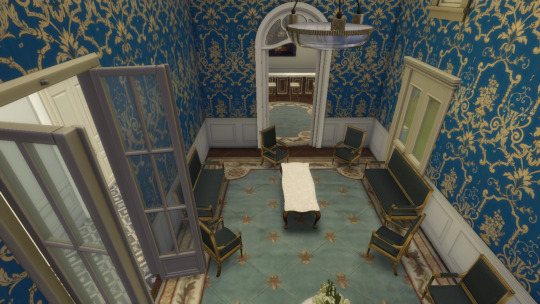
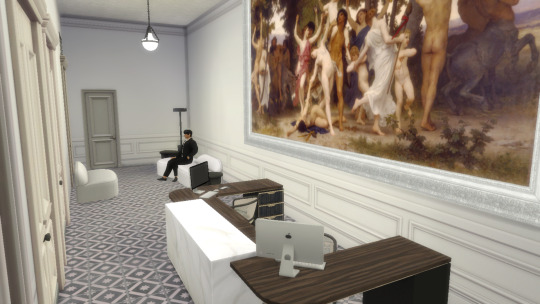




#sims 4 architecture#sims 4 build#sims4palace#sims 4 screenshots#sims4#sims4play#sims 4 historical#sims4building#sims 4 royalty#sims4frencharchitecture
66 notes
·
View notes
Text
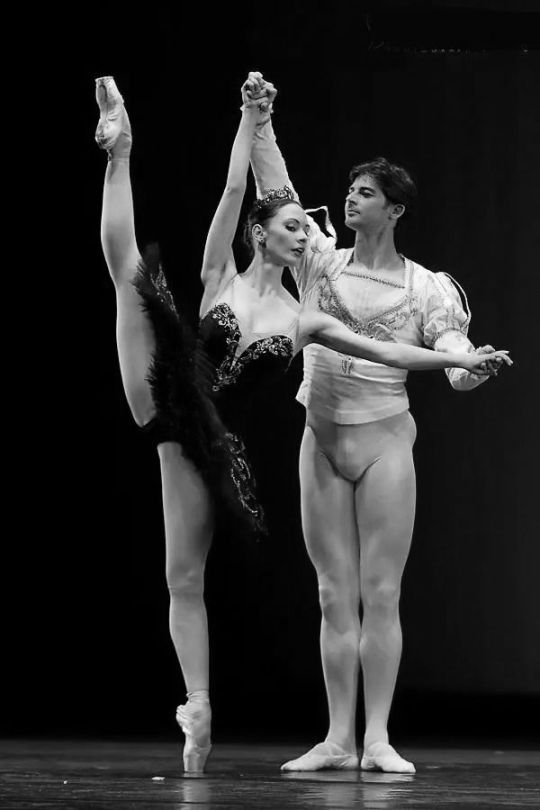
Lliudmila Konovalova, Vladimir Shishov, Swan Lake, Vienna State Ballet
5 notes
·
View notes
Text

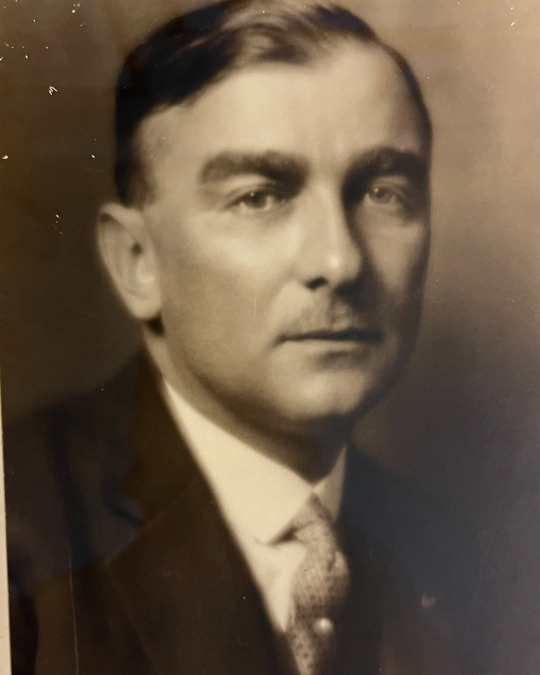


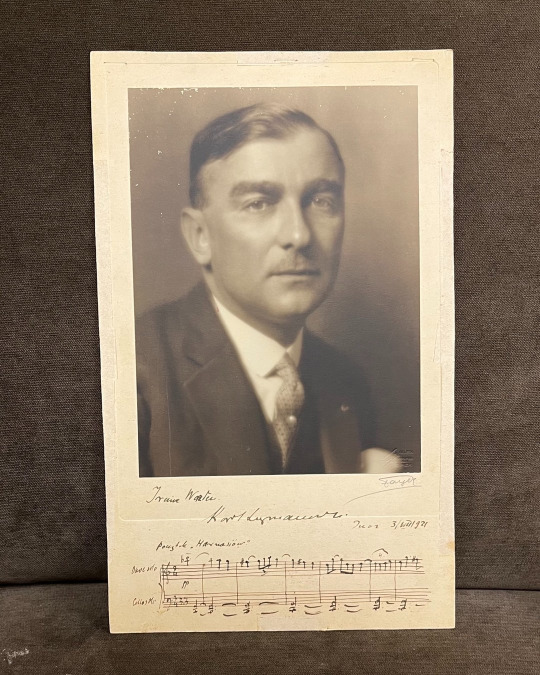
OTD in Music History: Important 20th Century pianist-composer Karol Szymanowski (1882 - 1937) – hailed in some circles as the greatest Polish composer after Frederic Chopin (1810 – 1849) – dies of tuberculosis at a sanitarium in Lausanne, Switzerland.
A member of the “Young Poland” modernist movement that flourished in the late 19th and early 20th century, Szymanowski's early works owe a clear debt to the late-Romantic German school (i.e., Richard Wagner [1813 - 1883], Richard Strauss [1864 - 1949], and Max Reger [1873 - 1916]) as well as eccentric Russian "mystic" pianist-composer Alexander Scriabin (1871 - 1915).
Later on, however, Szymanowski developed an increasingly personal style which blended elements of free atonality / polytonality, French “Impressionism” (drawing from the work of Claude Debussy [1862 - 1918] and Maurice Ravel [1875 - 1937]), and Polish folk music.
Indeed, to that last point, the establishment of an independent Polish state in 1918 inspired Szymanowski to consciously seek to forge a distinctly “Polish” style of “classical” composition – a daunting task that hadn’t been seriously attempted by any major composer since Chopin.
Polish musicologist Aleksander Laskowski has opined that Szymanowski "ultimately succeeded in his goal of inventing a musical language all his own [...] His works were true and ingenious creations, and his oeuvre shows an incredible development from the Straussian and Wagnerian aesthetic, through an interesting and very romantic 'Oriental' period, and finishing with a nationalist period.”
PICTURED: A publicity headshot of the middle-aged Szymanowski (photographed by the famous “Fayer of Vienna” atelier), which he signed and inscribed to a fan in 1931. Szymanowski has also written out a few measures from the opening of his folk-music-infused ballet “Harnasie," which was not publicly premiered until 1935.
Autograph material from Szymanowski is exceedingly rare.
#Karol Szymanowski#Szymanowski#composer#classical composer#pianist#classical pianist#classical music#music history#music#piano#Young Poland#Modernism#German school#Romantic music#Impressionism#Symphony#Violin Concerto#Concerto#King Roger#classical composer#opera#bel canto#aria#maestro#diva#prima donna#chest voice#Salome#Sonata#Overture
17 notes
·
View notes
Text
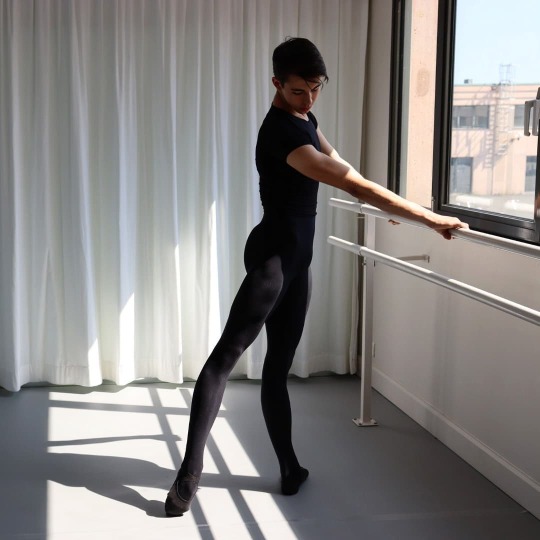
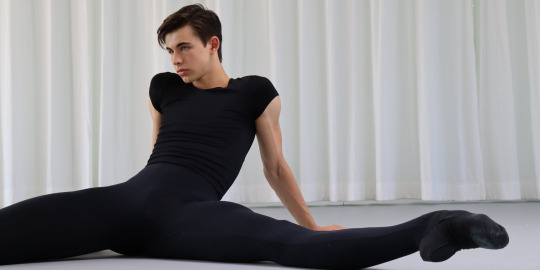
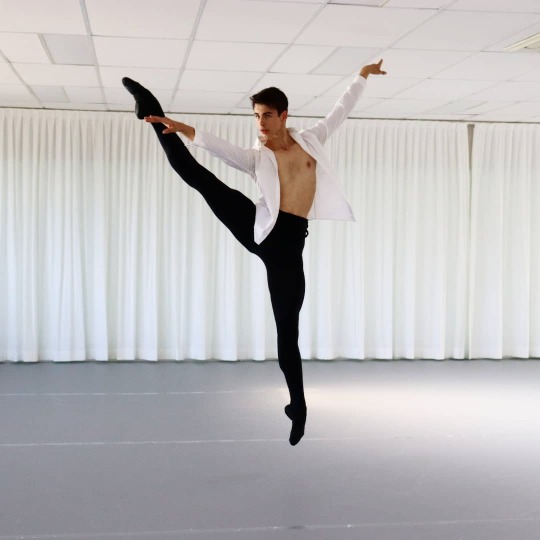

Victor Cagnin | Vienna State Ballet (Wiener Staatsballett) | Photos by Nina Cagnin
#victor cagnin#vienna state ballet#wiener staatsballett#black tights#balletphotography#balletmodel#ballet barre#ballet slippers
117 notes
·
View notes
Text

Brendan Saye - Principal Dancer, Wiener Staatsballett - photo by Karolina Kuras
#Brendan Saye#Wiener Staatsballett#vienna state ballet#tänzer#bailarín#danseur#ballerino#dancer#ballet men#boys of ballet#male dancers#ballet#dance
21 notes
·
View notes
Text
youtube
Hmm I have so many questions about the costumes. Let’s start with this:
Why?
#vienna state ballet#vienna ballet#sleeping beauty#ballet#Youtube#ballet companies#ballet news#random musings
7 notes
·
View notes
Text
[Review] An avalanche of debuts in Onegin at La Scala
Many debuts in Onegin at La Scala saw some exciting and many promising performances, even if many of the dancers lack the magic spark.
ONEGIN Alice Mariani and Gabriele Corrado, photo by Brescia e Amisano, Teatro alla Scala
The current run of Onegin at La Scala saw a plethora of debuts – unfortunately, for most, they had just one shot at their role before another change of cast came along.
One of the most promising recent additions to the company is Alice Mariani who was so impressive during the last season – her first season…

View On WordPress
#Alessandra Vassallo#Alice Mariani#Bavarian State Ballet#Caterina Bianchi#Gabriele Corrado#Gioacchino Starace#La Scala#Manuel Legris#Mattia Semperboni#Nicola Del Freo#Onegin#Vienna State Ballet#Vittoria Valerio
1 note
·
View note
Text
After The Rain…
This has been making the rounds recently on IG. I love this so much, and will never get sick of it. Here's the full version with Alessandra Ferri & Craig Hall.
And I LOVE that Ms. Ferri will soon be the new AD of the Vienna State Ballet. Seeing more women at the helm of world class ballet companies is a trend I can get behind — and way overdue.
youtube
6 notes
·
View notes
Text
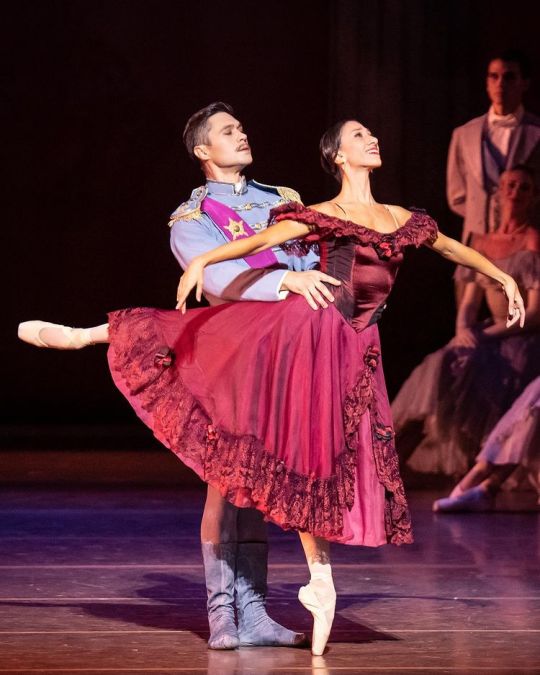
Ioanna Avraam as Tatyana Larina and Andrey Teterin as Prince Gremin, "Onegin", choreography by John Cranko, based on the novel in verse "Eugene Onegin" by Alexander Pushkin, music by Pyotr Tchaikovsky, stage and costume by Elisabeth Dalton, Das Wiener Staatsballett Vienna State Ballet, Vienna, Austria.
Photographer Ashley Taylor
8 notes
·
View notes
Photo

Marie Gutheil-Schoder (16 February 1874 – 4 October 1935) was an important German soprano.
Born Marie Schoder in Weimar, she married Gustav Gutheil in 1899, with whom she lived until his death in 1914. In 1920, she married the photographer Franz Xaver Setzer.
She debuted in the secondary role of the First Lady at the Weimar Court Opera in The Magic Flute in her native city of Weimar in 1891. Gustav Mahler engaged her for the Vienna State Opera in 1900, where she remained until 1926. She appeared at the Royal Opera House as Octavian in Der Rosenkavalier in 1913. One of her famous roles was her portrayal of a "strange, Nietzschean" Carmen. She was seen in the 1914 Vienna premiere of Richard Strauss's ballet, Josephslegende as Potiphar's Wife. She created Esmeralda in the world premiere of Franz Schmidt's opera Notre Dame in the same year.
Gutheil-Schoder created the fiercely difficult single role of Arnold Schoenberg's monodrama Erwartung in 1924 in Prague; earlier that year, she performed his Pierrot lunaire. Mahler termed her "a musical genius," and she was highly regarded as a musician and singing-actress, although she seemed to be, as one Viennese critic wrote, "the singer without a voice." In her later career, she became a stage director of opera.
She was a well-known pedagogue as well, one of her students being the mezzo-soprano Risë Stevens. She died at the age of 61, in Ilmenau, Germany.
#Marie Gutheil-Schoder#women in art#women in music#XIX century#XX century#people#photo#photography#Black and White
2 notes
·
View notes
